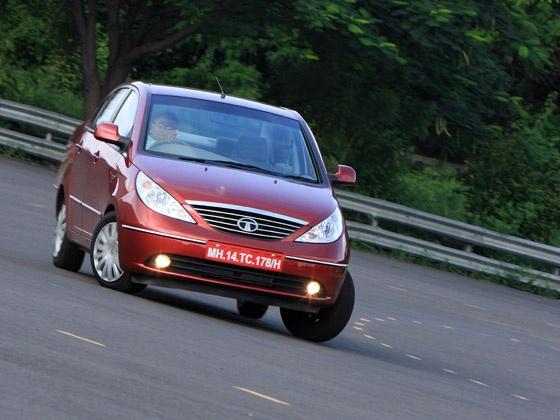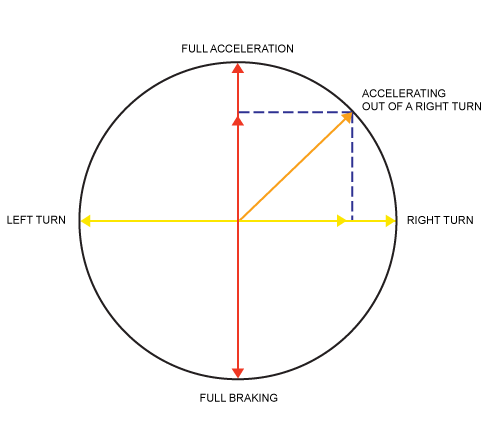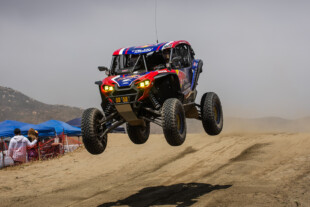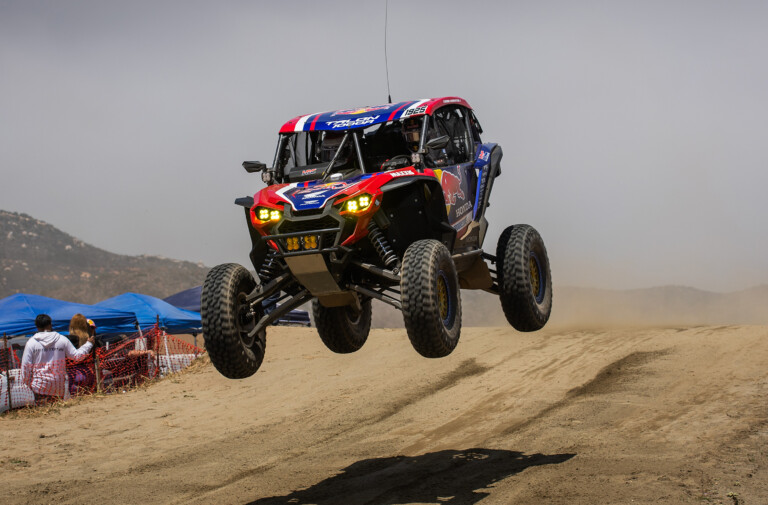While it might seem obvious to some, dialing a little understeer out of the setup is usually the way towards the fastest lap. Some drivers prefer some push, whereas some like their car as neutral as possible, bordering on oversteer, but inevitably, any driver will need to know how to minimize understeer since setups and tire wear change over the race distance.
Essentially, keeping the weight over the front wheels is the best way to ensure a sizable contact patch, as shown by the way Bondurant instructor and racing driver Andy Lee depresses the balloon against the windshield of the car. How long to keep the weight over the front tires while entering the corner is another question, and that is determined by the rate of release of the brake pedal, and how the steering input coordinates with that release.
As the driver approaches a corner, they brake at the limit and begin to release the brake pedal as shift the weight from the front tires to the outside tires. The traction circle is a theoretical tool to help describe the distribution of load over all four tires throughout the cornering phases, and helps visualize just how one must balance their inputs, like the arms of a scale; as one releases the brake pedal, they begin to apply steering input proportionally.
This is because, in theory, a tire can only work entirely in one direction at a time. In other words, if one asks the tire to brake at 100 percent of its capability, it will have zero percent available for cornering; as they’re using 70 percent, there is another 30 percent available for cornering, at least in theory. To maximize the grip of the tire and drive around the edge of the traction circle, one has to blend the inputs just right, and that takes immense coordination. For anyone who says their car is handling like it’s on rails, it just means they’re not flirting with the edge of the circle, and are nowhere near the actual limit of their tires.























